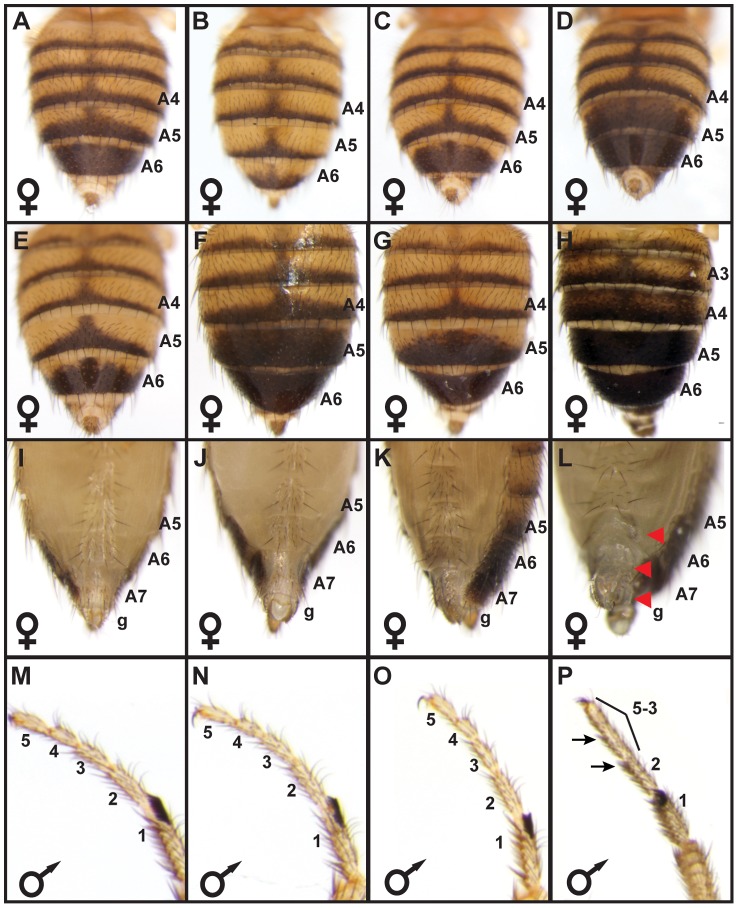Figure 2. bab locus allelic variation underlies phenotypic variation.
(A) The A5 and A6 tergite phenotype for F1 females were intermediate to those from the parental Light 1 and Dark 1 stocks. F2 females had pigmentation phenotypes that were (B) “Light”, (C) “Intermediate”, or (D) “Dark”. (E–P) Complementation tests for population stock bab loci with a bab locus null allele. (E) The Light 1 stock complemented the bab locus null allele with regards to abdomen tergite pigmentation, whereas the (F) Dark 1, and (G) Dark 2 stocks failed to complement the null allele in segments A5 and A6 but complemented the null allele for the A3 and A4 segments. Light 1, Dark 1, and Dark 2 stocks complemented the bab locus null allele for (I–K) posterior abdomen phenotypes and (M–O) for the development of the leg tarsal segments. Females with a homozygous bab locus null genotype displayed (F) ectopic pigmentation on segments A3 through A6, and (L) lacked bristles on the A6 and A7 ventral sternites and the genitalia (g) had altered bristles and morphology. (P) Individuals with a homozygous bab locus null genotype had tarsal segments 5, 4, and 3 fused, and altered bristle morphology on tarsal segments 2 and 3. Red arrowheads and black arrows respectively indicate the location abnormal posterior abdomen and tarsus features.

